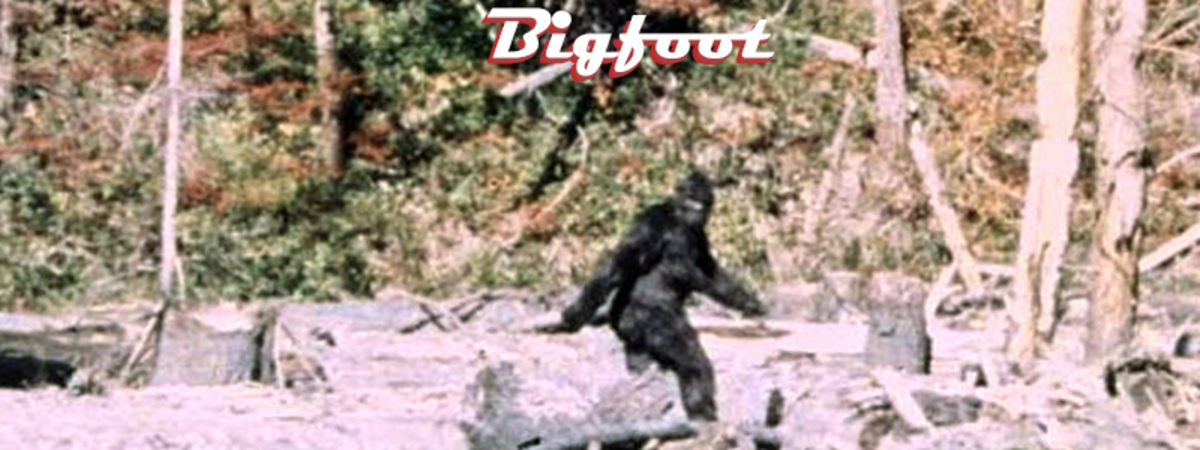Kerala: How It Made History, Fighting Flood
First Time In History
This write-up will explain how Kerala, the small southwestern Indian state gained worldwide attention and admiration in three days by fighting against the most devastating flood it witnessed in this century.
Kerala, fondly called Gods Own Country, was already famous for its tourist destinations, higher literacy rate, and healthcare status. It had made another remarkable achievement earlier by preventing the spread of a deadly contagion Nipah within a week after the first case was reported. (Nipah is a nightmare even for developed nations). The destructive flood occurred in 2018 would have wiped out the entire population of the state if the government and the people had not acted intelligently on time. The state could set up more than 100 relief camps and start the rescue operation with the help of ordinary men and NGOs across the state overnight.
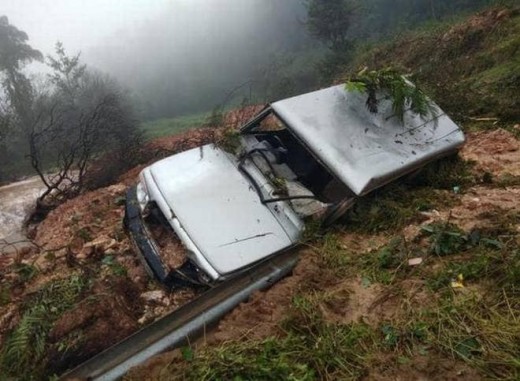
Monsoons In Kerala
Kerala has two monsoons every year. One is the southwest monsoon that comes to Kerala by mid-May and recedes by mid-July. The other one, caused by the Northeastern monsoon, arrives in mid-October. Each season is unique in its characteristics. The Southwest monsoon pours heavily but typically does not disturb the social life. However, the latter pours heavily mostly every afternoon accompanied by the reverberating noise of thunder, and it often causes substantial damage.
This time, in 2018, Kerala witnessed an early onset of rain by the end of May. Since its inception, the rain showered heavily, and it resulted in the worst flood that the state had ever seen in its history. The rain hit almost all regions of Kerala heavily, breaking the record of a hundred years' rain history of this region.
Although the rainfall remained within the normal range until July last, between June 1 and July 31, there was hardly 17 percent excess rain. However, on August 7, the situation changed and it marked over 317 percent surplus rainfall, and on August 15, it became 915 percent excess. By August 21, Kerala got 41 percent excess, i.e., 2387 mm against 1688 mm. Since 15th August, unfortunate incidents like landslides and deluge were reported from different parts of the state.
Intensity of the Damage
By 21st August, 370 people died while at least 90,000 people were rescued from flood-affected cities and villages. Except for two districts (Thiruvananthapuram and Kasaragod), all 12 districts confronted massive damage and loss. Moreover, among them, Idukki, Malappuram, Thrissur, Pathanamthitta, Ernakulam, Kottayam, and Alappuzha witnessed the most critical condition. Thousands of people got stranded at Chengannur, Aluva, Kuttanad, Pandalam, Aranmula, Iritty, and Chalakkudi two days and nights without having enough food and drinking water.
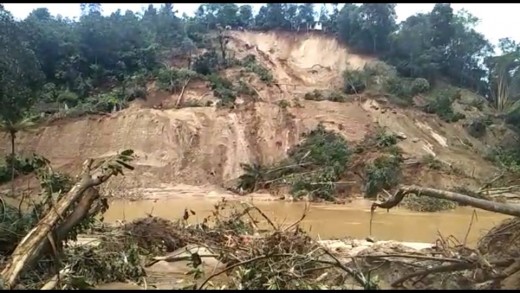
Districts
| Most Affected Areas
|
|---|---|
Kasaragod
| -----
|
Kannur
| Iritty
|
Wayanad
| Padinjarathara, Kottathara
|
Kozhikode
| Thiruvambady, Nechoolipoyil
|
Malappuram
| Tirur, Ponnani
|
Palakkad
| Attappady, Kallamala
|
Thrissur
| Arattupuzha, Chalakudi, Ettumuna
|
Ernakulam
| Aluva, Paravur, Perumbavoor.
|
Idukki
| Munnar, Cheruthoni
|
Kottayam
| Kumarakom, Pala
|
Pathanamthitta
| Pandalam, Ranni
|
Alappuzha
| Chengannur, Kuttanad
|
Kollam
| ----
|
Thiruvananthapuram
| -----
|
The table shows only the most affected areas
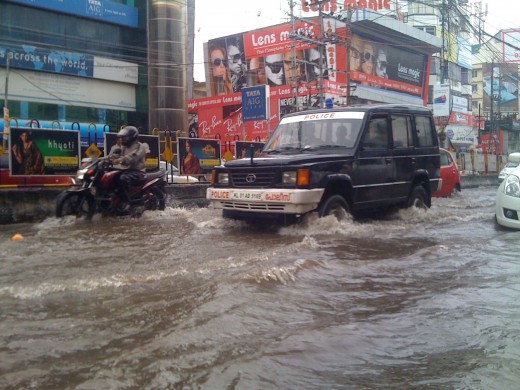
Kerala Fights Flood
Some power stations in the affected regions were already shut down for safety reasons. Many people lost access to rescue team as their mobile phone batteries drained out. Hundreds of people including, men, women, and children posted live videos, pleading for assistance. The administrative system worked 24/7 to coordinate various departments and NGOs for the rescue operation. The condition deteriorated when thirty-three dams were opened at a time as they had exceeded the storage limit. It happened for the first time in the history of Kerala. When the lowland cities flooded, some hilly districts like Wayanad and Idukki witnessed severe landslides. Altogether, the condition was too pathetic for a small state like Kerala to withstand.
People from the non-affected areas realized that it was time for them to act intelligently. They came forward voluntarily and joined the rescue forces in every affected area. The rescue team consisted of the Indian Army, Navy, the National Disaster Response Force, Kerala Police, Kerala Fire and Rescue Services, various NGOs and the civilians. However, gradually things went out of control because due to incessant rainfall, roads and bridges had collapsed. The big surge of water and darkness impeded the operation. Airlifting also became difficult as the teams in choppers could not locate people due to unfavorable weather. At night, the air force could save only those who had a torch in their hands to give some signals.
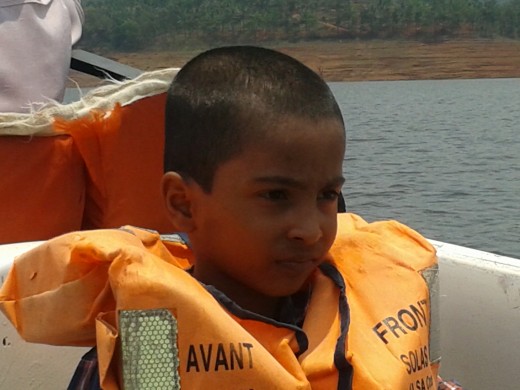
People posted their contact numbers on social media sites and offered free drives, food and shelter, and all assistance. Social media was transformed into control rooms and helpline
Intelligence Works!
The youth of Kerala, within and outside the state, passed messages to each other, and all of a sudden social media turned into disaster management control rooms. IT companies became the helplines and information centers. Nodes and websites were created only for this purpose overnight. Kerala’s IT cell and The Institute of Electrical and Electronics Engineers (IEEE) came together and created a special node for addressing rescue requirements and queries.
Schools, colleges, churches, temples, mosques, auditoriums, clubs, and public libraries became relief camps. Individuals posted their contact numbers on Facebook, WhatsApp, and other platforms, offering free drives, food and shelter, and other services. Stranded people’s details were sorted out and posted on facebook incessantly. Professionals like doctors, nurses, and others signed up on the government’s website as volunteers choosing their nearest location for free service. More than 2000 fishermen with their boats rushed to the affected areas when they heard that the official rescue team had confronted troubles. They rowed vigorously and sometimes swam against the current to reach the areas where the military boats could not reach. Finally, they succeeded in their effort. The fishermen alone saved thousands and became superheroes in this event.
Likely Causes of the Flood
|
1. Excess Rainfall
|
2. 33 Dams' Shutters opened at a time
|
3. Farming in landslid-prone areas
|
4. Improper paddy field reclamation
|
5. Unscientific infrastructure development
|
Causes of the flood is a topic for further research. The opposition parties argue that the incident was due to the opening of 33 dams at a time.
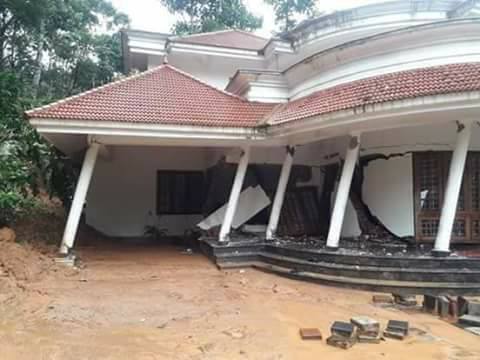
Helping Hands
The incident aroused broad discussion across the world within a few hours. As a result, funds flowed from different countries and agencies to the Chief Minister's Relief Fund . Several individuals and business groups from within and outside the state donated clothes, medicines, and other essential commodities. Many restaurants and individuals supplied free food to relief camps. Textile owners and other business people provided whatever each relief camp needed. Finally, by 19th evening the rain receded, and the rescue mission almost came to an end. People from all over the world were observing how such a small state could battle the bad weather. Leaders of other nations appreciated the unity and intelligence of the people of Kerala. Many of them offered to fund for the state’s relief programs and development. The total loss of Kerala was around Rs. 20,000 crores. Some of the areas in Alappuzha and Kottayam remained under water again for a long time, and thousands of people had to continue in relief camps for a long time
The success story of Kerala is an excellent example of the practical use of net assisted technology like social media. The higher literacy rate of the state is another factor that made this disaster management easy. Also, the active involvement of self-help groups, which is one of the main characteristics of Kerala, also contributed to the success of this rescue task. Although people in Kerala believe in different religions and political ideologies, they always make intelligent decisions and stay united for good causes.
The state confronted a second flood in 2019 as well, and that added to its death toll and fiscal loss. It's interesting to learn how the flood-hit Kerala is now fixing the post-flood scenario by adopting the Japanese Model of Sustainable Development in the affected areas.





